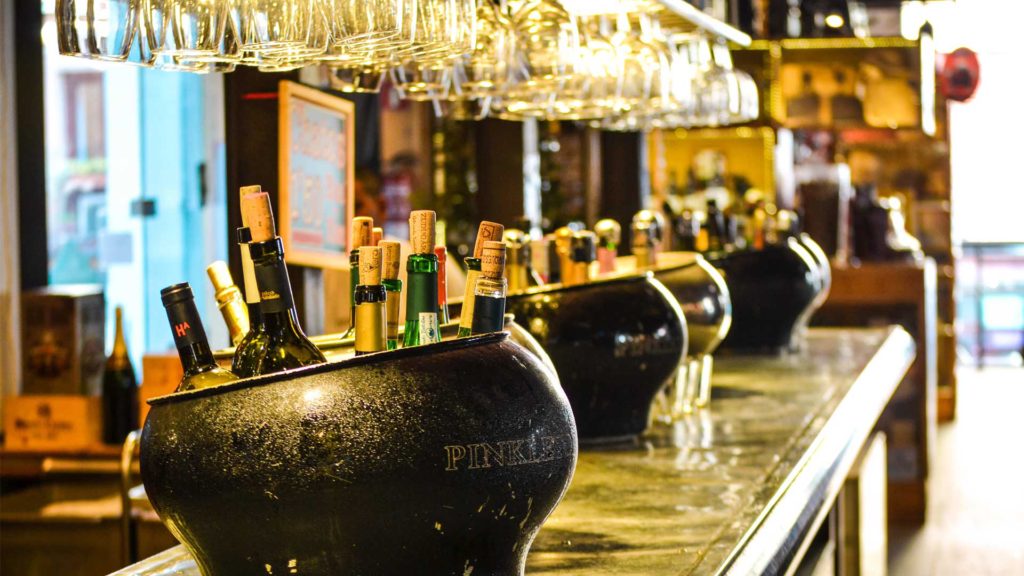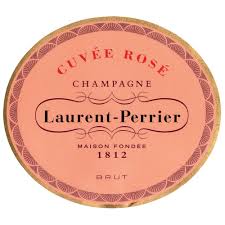Bollinger used the London International Wine Fair last week to unveil a unique 75cl bottle that mimics the shape of a magnum.
The new packaging was inspired by a 1846 bottle of Bollinger found in the company’s cellars.
Speaking at the launch, Bollinger CEO Jérôme Philippon advised that the switch was motivated by a desire “to develop a unique and authentic bottle for Bollinger”. “My objective is to further the differentiation of Bollinger: our taste is different and our bottle shape should be different, and unique to us,” Jérôme added.
He also explained that the new shape had a “side benefit”.
This is connected to the bottle’s slightly broader base and narrower neck, which ensures there is a reduced oxygen contact with the Champagne compared to a standard bottle.
This change should mean that oxidation of the Champagne in the bottle will take place at a slightly slower rate, which, Jérôme believes, will be somewhere between the rate for a standard bottle and a magnum.
According to Mathieu Kauffmann, Bollinger’s chef de cave, the bottle will ultimately deliver a better wine, and “In addition to the aesthetic reasons, using the shape of this new bottle, which is more like a magnum with a narrower neck and a wider base, should very slightly slow down the oxygen exchange and therefore give a better quality wine,” he said.
The new bottle’s appearance makes it look like a scaled down magnum, and Jérôme pointed out that the ratio of the new bottle’s diameter at the neck to the diameter at the base is closer to a magnum than it is to a standard bottle.
Format | Neck diameter (mm) | Base diameter (mm) | Ratio |
Standard | 29 | 85 | 0.34 |
Magnum | 29 | 115 | 0.25 |
New 75cl | 26 | 93 | 0.28 |




 Champagne Jacquart is eyeing acquisitions as it seeks to become a bigger international player.
Champagne Jacquart is eyeing acquisitions as it seeks to become a bigger international player.
